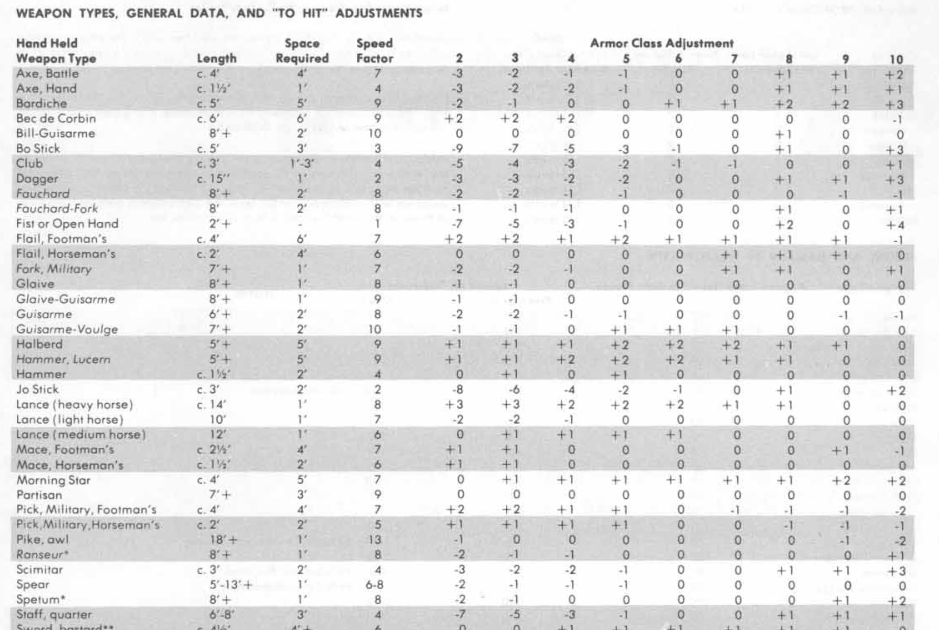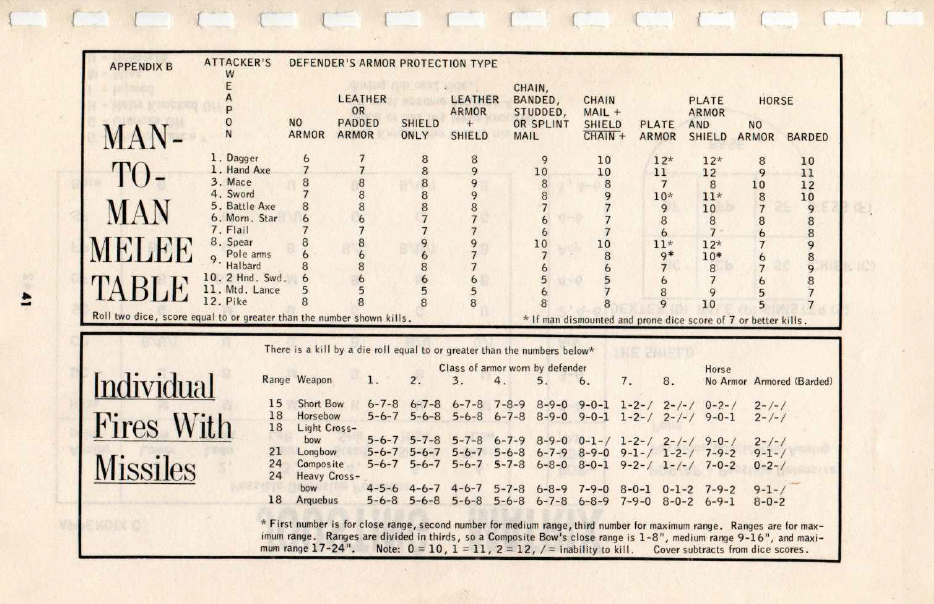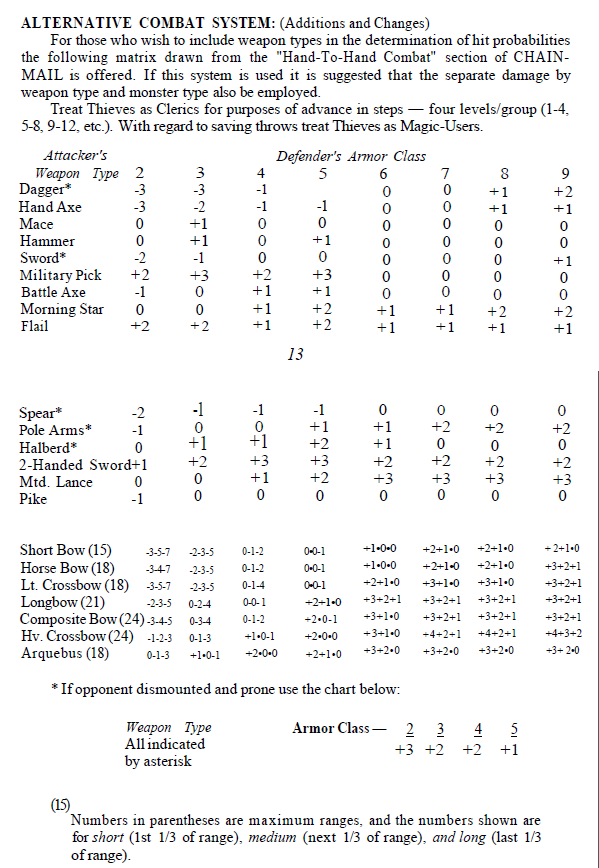Screwball
Barely Literate
- Joined
- Mar 27, 2023
- Messages
- 2
I was watching an account of the bloody battle of Towton, which took place in North Yorkshire on 29th March 1461. The presenter mentioned that buckler and sword was a popular combinaton at this time in England and at this battle. It seemed like an odd thing to bring to a battle. A large shield would give more cover. But of course it is a very mobile combination and useful for skirmishing around formations, or where a melee has broken up into individual combats.
There are some famous fighting manuals of the period (normally German and Italian) which detail moves that you can make with buckler and sword.
https://www.youtube.com/watch?v=b6hZy_lGLSY
Have you seen different combinations of weapons and armour handled well in games, or written about in game design? It would be really interesting, for me, to see a system in which weapons and tactics evolve together. So that certain weapons evolve to handle formations or tactics the enemy uses and vice versa.
There are some famous fighting manuals of the period (normally German and Italian) which detail moves that you can make with buckler and sword.
https://www.youtube.com/watch?v=b6hZy_lGLSY
Have you seen different combinations of weapons and armour handled well in games, or written about in game design? It would be really interesting, for me, to see a system in which weapons and tactics evolve together. So that certain weapons evolve to handle formations or tactics the enemy uses and vice versa.














